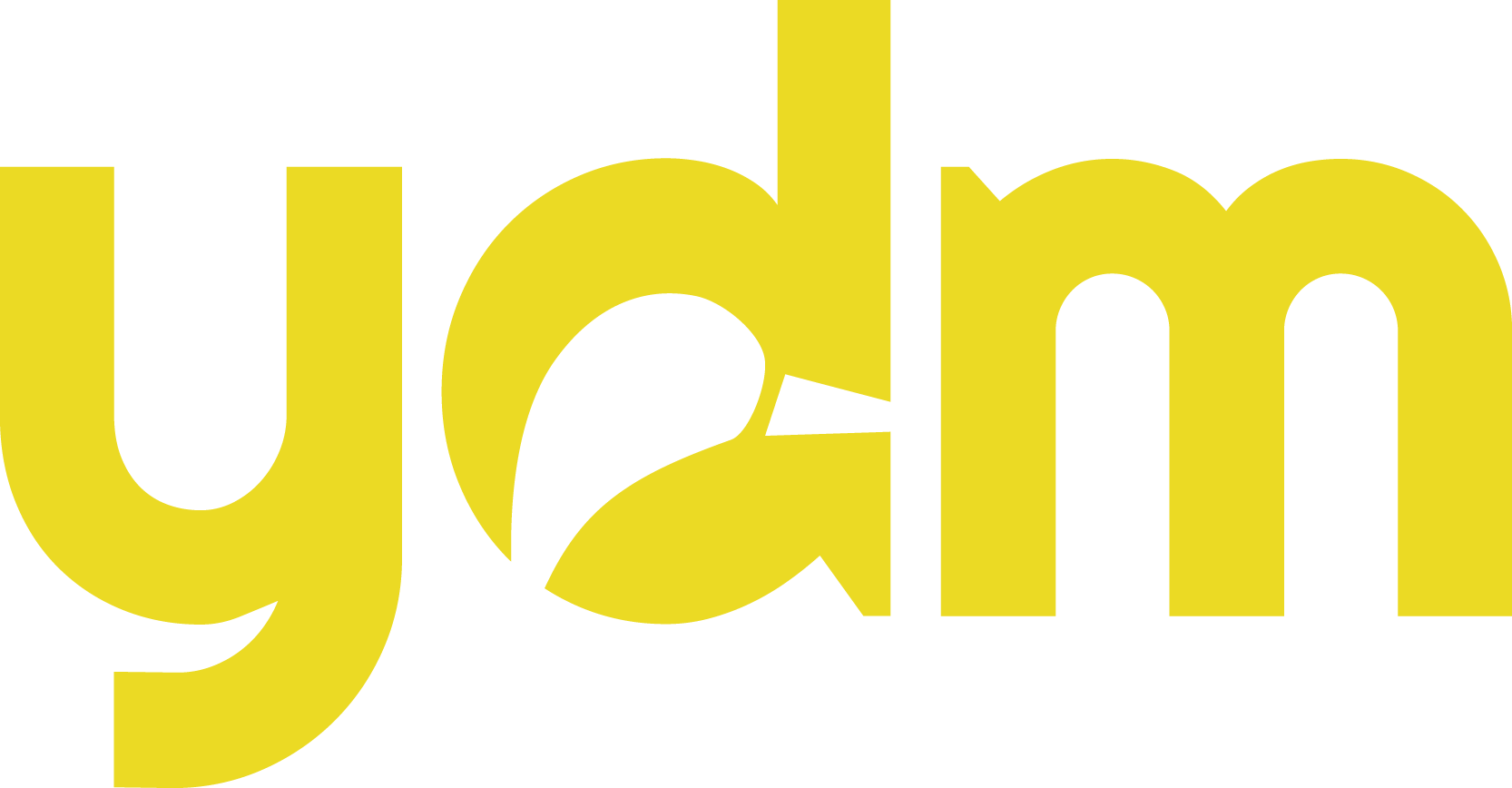When it comes to generating traffic to your website, quality is just as important as quantity. This means drawing visitors that would actually, feasibly buy from you one day. Content is one way to do this, but not if you’re just writing articles about the greatness of your product. You need content that identifies a specific pain point, and tells the reader how they overcome it (preferably by using your product or service). So how do you do this? Create a buyer persona.
A buyer persona is a profile of your hypothetical, ideal customer. It’s a way to segment your customers so you can write articles that are most relevant to them. Developing these profiles is all about finding what attracts customers to your product or service most. Is it a specific challenge? Is it the answer to one question in particular?
“[With buyer personas] you’re no longer simply pushing information about products and services out to your audience. Instead, you’re discovering what they’re passionate about, which can lead naturally—organically—into a discussion of how you can solve a problem or improve their lives, and why your company is the right choice to help them,” Nimble CEO Jon Ferrara said recently, as I was researching software that enables this kind of discovery.
Creating and using buyer personas involves three basic states:
1. Research: This stage is all about identifying the cornerstone characteristics of your buyer persona(s) through interviews, visualization then validation.
2. Content: Once you have your persona, you can start creating content that speaks to their fears, challenges and goals. Strategies for this include reading comments and questions on blogs that are most relevant to your segment, conducting keyword research, and looking for trends among articles that are shared most by your audience.
3. Distribution: This stage is about getting the word out about your content, then using the results to refine future content.
How Do You Find Your Buyer Persona(s)?
The most common starting place for developing buyer personas is interviewing real customers. If you have a database of past customers, you can send a survey; but I’ve found over-the-phone interviews more effective. Often, the customer reveals pain points just in the context of the conversation. This can result in more honest feedback than just a survey that says “what are your biggest challenges?”
These interviews should ask for demographic information (age, income, gender, job title); but more importantly, what decisions led them to buy your product. You can ask things like, “Do you remember the moment, you decided to purchase from us? What happened?” Also more general questions about their interests and struggles in their day-to-day life would be relevant. Make the conversation natural and ask for follow-up and examples. The goal is to prompt honest and thoughtful responses.
Be sure to save quotes from these conversations to post on your completed buyer persona profile. These will help your team really internalize their ideal customer.
You should end up with a profile that details:
- The primary challenges to this person’s success
- Their passions, interests and goals in life
- Pain points or objections they faced when shopping for your product or service
- Goals when they purchased your product
- What excites them about your product
- Reasons why they would refer your product to a friend
How Do You Refine Your Buyer Persona?
Once you have your persona mapped, create a physical representation of that persona. This could include images and all of the characteristics you gleaned from your interviews with customers.
Next you’ll want to interview your sales team. They experience first-hand these “aha moments” when the customer decided to close the deal. See if the profiles you created match their experiences, especially regarding the customer’s most-common questions and objections during the buying process.
Then, post these profiles in your customer service and sales departments. Invite your team to add onto these profiles with sticky notes, a white board, or another predefined process. Do they keep getting the same questions over and over again? Are customers using your product in a way that indicates they valued something different when they were still shopping? Is there something timely going on that makes your product particularly suited for your persona at that moment?
Finally, use these demographics to find your ideal customer on the web and see if their interests, concerns, and values match your hypothetical representations. If your buyer persona is a working mom with two kids, find relevant blogs and look for articles geared towards professionals. “How Busy Moms Maintain Work-Life Balance,” for example.
Take a look at the article and the comments from readers. Take note of which articles are shared and commented on most and see if any trending topics emerge.
Once, your buyer persona is created, refined and validated, it’s time to create some content! Don’t forget, it’s important you take steps to distribute your articles and measure which have the biggest impact with your audience. This will help you continue to brainstorm topics for the future.
Ashley Verrill is a market analyst at Software Advice. She has spent the last six years reporting and writing business news and strategy features. Her work has appeared in myriad publications including Inc., Upstart Business Journal, the Austin Business Journal and the North Bay Business Journal. Before joining Software Advice in 2012, she worked in sales management and advertising. She is a University of Texas graduate with a bachelor’s degree in journalism.








